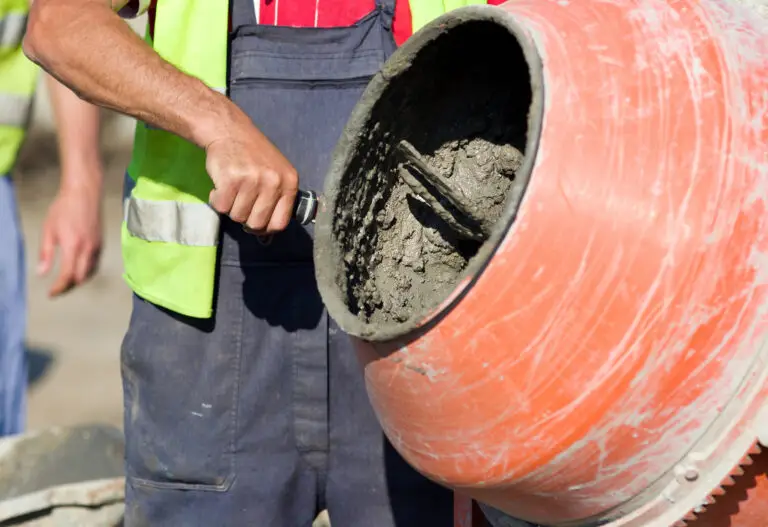Reinforced autoclaved aerated concrete (RAAC) was a concrete mix used in public buildings during the second half of the twentieth century as a cost-savings alternative to conventional concrete.
While there had already been concerns about the longevity of the concrete mix as RAAC’s lifespan is estimated to be around 30 years, the true extent of the issue became apparent to the Department for Education (DfE) in 2018 when the ceiling of a primary school in Kent collapsed. The DfE then started to investigate the full magnitude of the RAAC issue.
In 2022, the DfE issued a questionnaire to all responsible bodies for every school in England asking them to identify whether their building had confirmed or suspected RAAC. The Government initially identified 52 at-risk schools, which were instructed to take action to mitigate the risk of RAAC-related incidents. By 30th August 2023, the DfE had confirmed a further 104 schools had been instructed to undertake the same safety measures.
The DfE also stated that while they had aimed to confirm RAAC-status with all 22,000 schools in England, they had not yet heard from five per cent of them as of early September 2023. Under pressure to name schools which had RAAC and those which hadn’t responded to the survey, the Department sent what was described as a ‘threatening’ letter demanding the survey be completed – including to leaders who had completed the surveys, which wasn’t well received by school leaders already facing immense challenges.
While the extent of the RAAC issue and subsequent disruption it will cause to the education of thousands of students has only been known publicly for a week, Gillian Keegan, Secretary of State for Education, has tried to convey that the DfE has taken every action possible to address these concerns. On numerous occasions, she stressed the UK was miles ahead of steps taken by other countries to get ahead of the problem. Much of this message was lost in the midst of a number of gaffes and predictably widespread backlash from those across the education sector, within the Labour party and the general public, questioning why action had not been taken sooner.
School Rebuilding Programme
As if the challenges with the RAAC-impacted schools aren’t enough, there are further ramifications for other schools which had been expecting imminent building works. During an urgent questions session in the House of Commons on Monday 4th September, MPs shared concerns from some of the 239 schools which had been selected to be part of the Schools Rebuilding Programme in its most recent selection round in December 2022. These schools had been selected due to urgent and severe concerns with the structural integrity of their buildings and facilities.
The Schools Rebuilding Programme was introduced by the DfE to facilitate their promise of rebuilding 500 schools over the course of a decade. While 400 schools have already been accepted onto the programme since 2021, the Government confirmed only four of them actually had their rebuilding projects completed over the past two years. This raises further questions over whether the Department can deliver on both its 500-school promise and buildings for the 156 schools which are now dealing with RAAC-related issues.
Keegan stated the Department’s intentions are to move ahead with the plans for construction at the schools which had already been announced as part of the programme. However, following a question from Andrew Gwynne, MP for Denton and Reddish, regarding a school in his constituency which had been selected for the programme, Keegan’s response lacked reassurance on the future for these schools, stating that priority will depend on condition and need.
Funding
The process to remove RAAC, supply temporary accommodation and restore facilities in more than 150 schools is without doubt going to be a costly process. While the exact number would be hard to calculate without knowing the extent of building work needed in each of the 156 schools, in 2021 the DfE estimated it needed £6 billion for repairs to buildings put up in 1950-1970. This number is expected to be much higher now further school issues have been uncovered and may eclipse the £11 billion dedicated to school repairs in the 2021 School Repair Bill. This raises a number of questions over where this funding is coming from. While the Chancellor Jeremy Hunt has reassured schools they will spend ‘whatever’ it costs to ensure the safety of every child – the DfE has confirmed funding will come from their existing buildings budget.
This undoubtedly raises alarm bells for both schools on the School Rebuilding Programme and those facing RAAC-related issues, it also calls into question how much funding schools facing RAAC will actually receive. The Secretary of State clarified that while RAAC-affected schools will receive funding for any mitigations they have had to undertake, any further costs that could relate to transport, expanding access to remote learning or changes to timetables, will be decided on a case-by-case basis.
As schools are scrambling to make contingency arrangements as quickly as they can, including in some cases where schools are yet to have the presence of RAAC confirmed – concerns over who will be footing the bill are having to take a backseat for school leaders laser-focused on minimising disruption to learning for their pupils. Schools are even hiring their own surveyors to speed up the process, following news that the DfE is expecting it to take weeks to complete its own.
As the DfE moves forward with plans to rectify issues with RAAC, the long-term effect this will have on schools, their budgets and on how other complex, widespread estates issues such as asbestos are tackled remains to be seen. The defining question of this crisis appears to be whether the Treasury’s promise to spend ‘whatever it costs’ to keep children safe will actually come to fruition.





